The Republic of Peru – South American Government located on the border with Ecuador, Colombia, Brazil, Bolivia, and Chile. This is the 3rd Country of South America (in size) the area of which form 1 285 216km2, with a population of more than 32 million. Human.
So the modern flag of Peru looks:
History of the flag
The first Europeans who began conquering Peru were Spaniards. The beginning of this was laid in 1525. At that time, the sign of the Spanish monarchy was used, which for many centuries looked in the form of the Cross of Burgundy.
Such a version of the symbolism was represented by the Spanish crown both in Spain and in the colonial territories purchased in the Middle Ages, including in America. At the end of 1785 Flag of Spain was changed, and it was necessary to use it in all retail ports, located not counting this in colonial countries.
Previously, a couple of decades was used by the 2nd view Sign of Spain.
In the first half of the 20s of the nineteenth century, partisans were settled in Peru Argentina led by General San Martín – the head of the struggle for the independence of the colonies from Spain. Later he headed the 1st Peruvian government. In parallel to this movement for the release of Peru from the Spaniards, the English General Miller fought. Both bosses for the emerging country offered their flag options:
- Miller’s version – a dark blue cloth with the Almighty of the Sun Inti (patron of the Inca);
- The version of San Martín is a panel with 4 slanting parts. The left and right sides are painted red, and the top and bottom are white.
To clarify the selection events of San Martín of these colors, there are a couple of guesses. On the one hand, this is the color of the sign of the Spanish monarchy of the Middle Ages, in another case, they are used on Chile signs and Argentina, Where did you get rid of the delights that came to Peru. There is also a legend that is associated with birds Flamingo, beholding San Martín was inspired.
The flag of Peru for its history a few times changed. At the end of San Martín in the first half of the 20s of the XIX century, other designs were made by other designs, on which the Inca Sign was used – the sun’s sun, but the colors applied to this were saved.
- 1st option with horizontal stripes;
- 2nd version with vertical stripes.
The final version of the flag was approved in February 1825, which existed until 1850.
In the first half of the 50s of the XIX century, the coat of arms was removed from the flag and the three bands were abandoned.
Description
Peruvian symbolism adds from 3 vertical uniform strips: on the sides of the strip of red, and in the center – white. At the Government of the flag in the center, the coat of arms of Peru is placed, but the official version looks simplistic – without a coat of arms. The proportions of the parties are correlated as 2 to 3.
The signs of the animal (Lama) and the vegetation world are presented on the coat of arms (cinchona) of the country and mineral wealth (full of gold coins of rich horn). The laurel wreath, depicted above the shield, is a symbol of the republic, and the palm and laurel branches on the left and on the right symbolize the world and the will of Peruvians to protect the country.
Colors flag of Peru
The flag of Peru used only two colors: red and white. For a government version, there are still pairs of paintings, which are necessary for the image of the coat of arms. In the middle of them: green, brown, yellow, etc.
Meaning colors flag of Peru
White color symbolizes the world, dignity, and progress, red – courage and war.
Other flags
The Republic of Peru, like many countries of the world, for various government agencies has personal emblems. For example,
- The army flag is similar to the government version, only without palm and laurel branches;
- emblem Navy;
- see jack;
- Air Force.
Similar flags of second countries
Peruvian symbolism has a certain similarity with Flag of Austria, with the only difference being that the stripes are not vertically and horizontally located on the flag of Austria.
Interesting facts about the flag
In a short period of history (1836-1839.) Peru was divided into southern and northern parts, included with Bolivia in Peru-Bolivian Confederation. The confederation sign was the Red Plot Coat of arms of Bolivia And Peru.
- Symbols of South Peru had a personal view.
Non-specialized information about Peru
| Official language | Spanish; In the regions with the predominance of the Indian population, the languages of Kechua, Aimar and other local languages |
| Capital | Lima |
| Territory | 1 285 216 km2 |
| Population | 32 162 184 people |
| Currency | Peruvian New Salt (Pen, Code 604) |
| Telephone code | +51 |
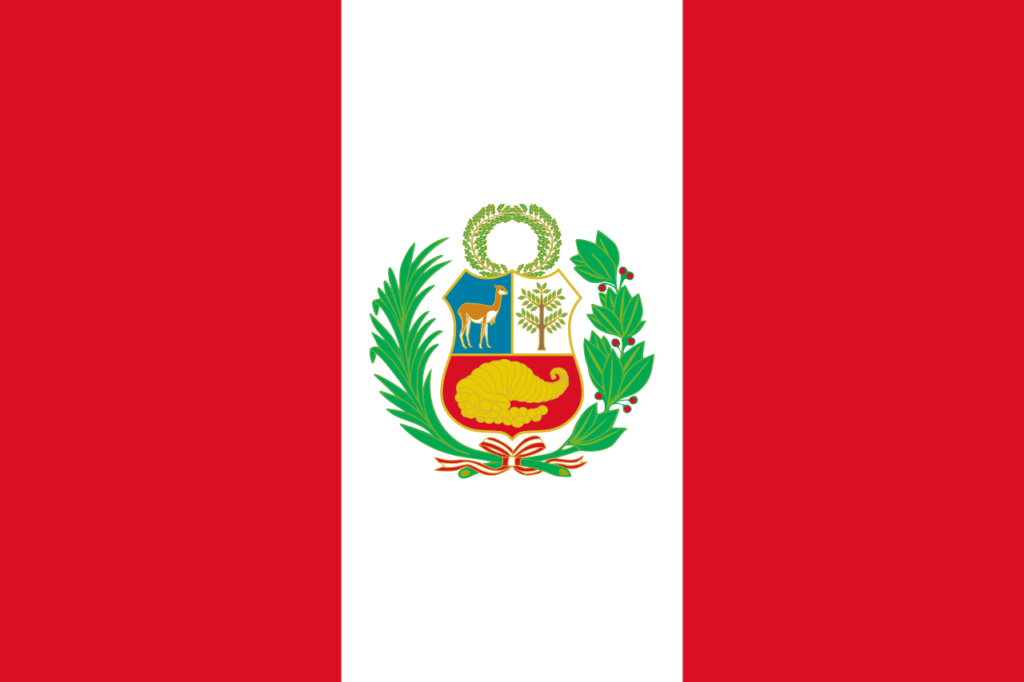
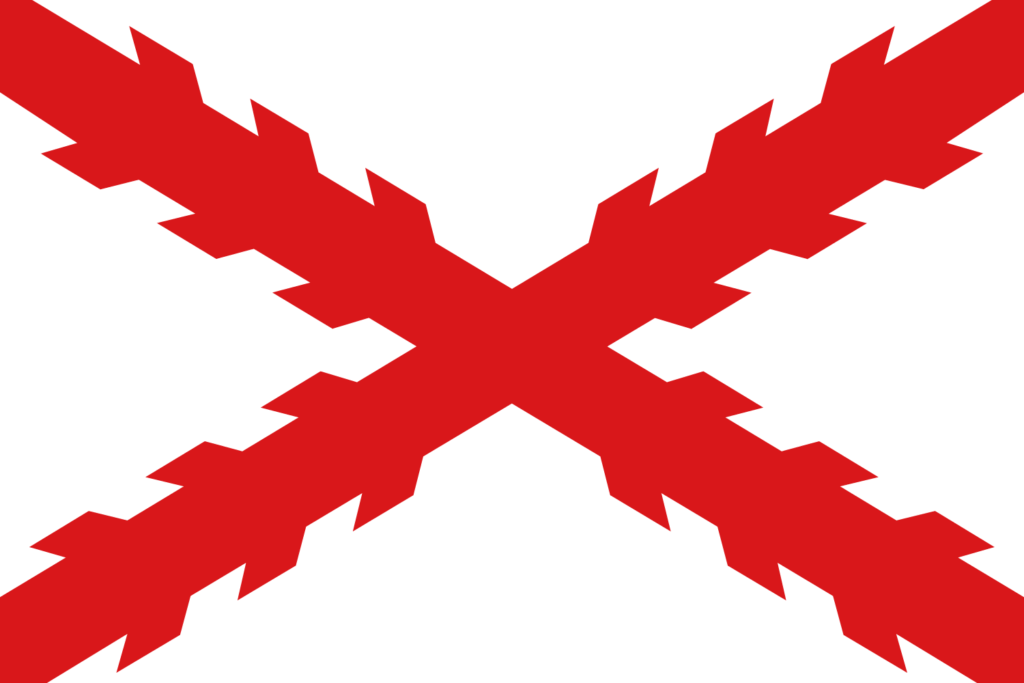


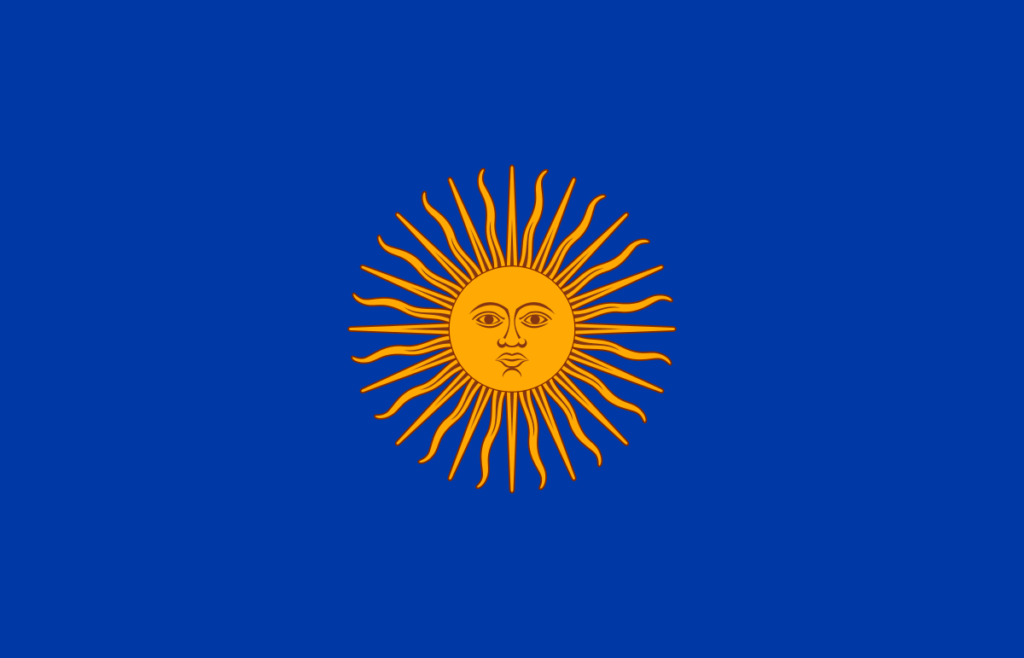

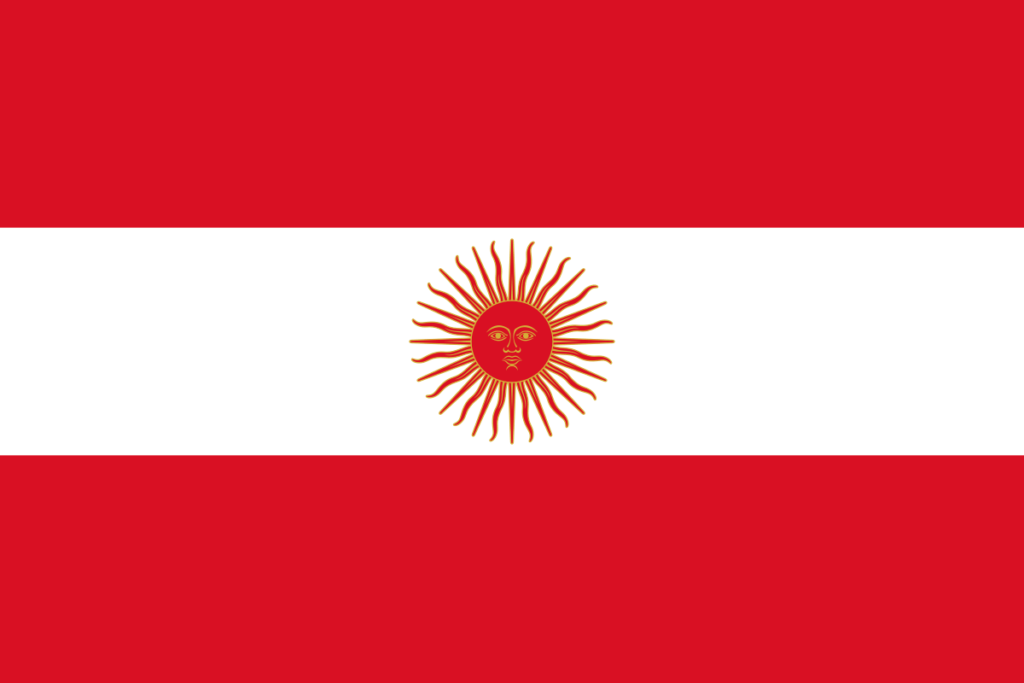

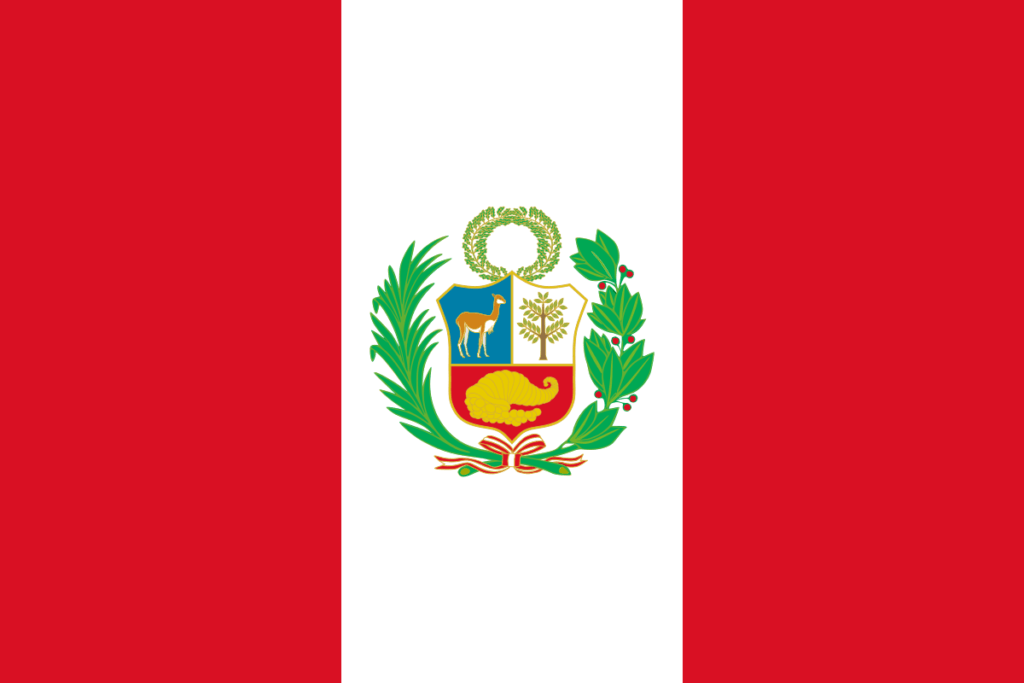

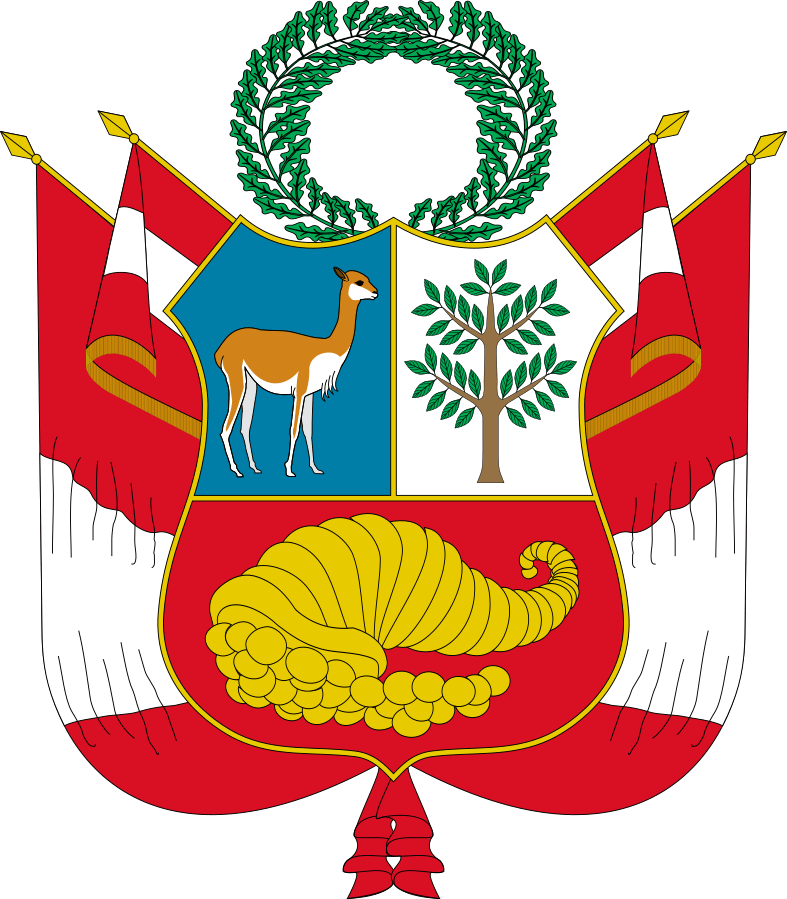
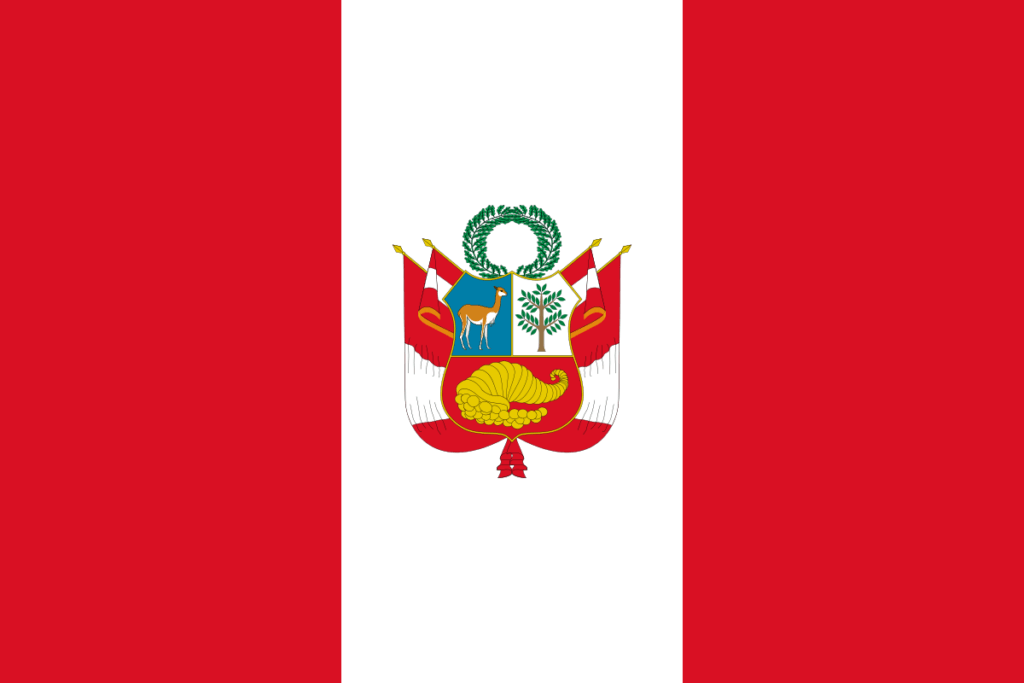
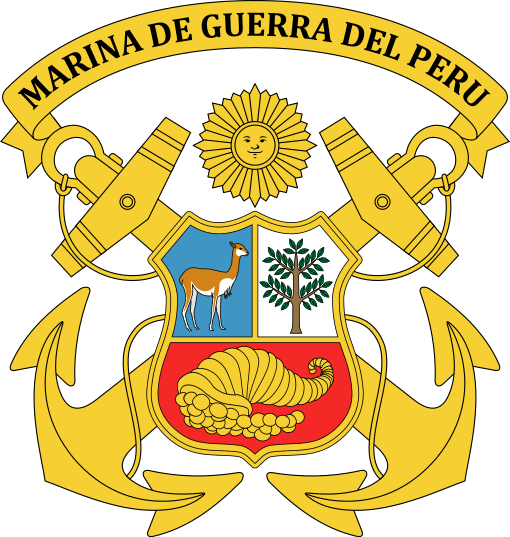

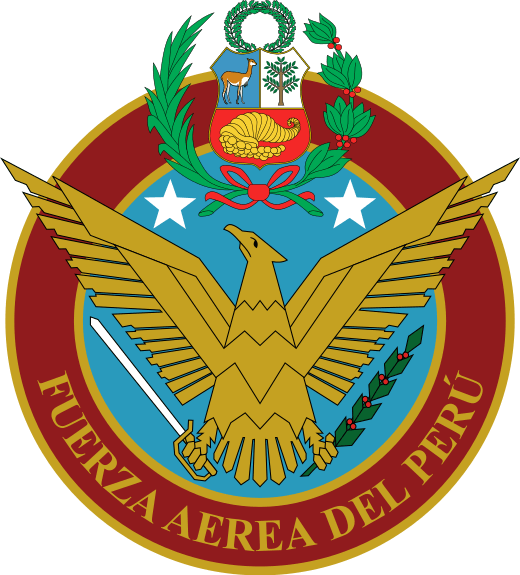
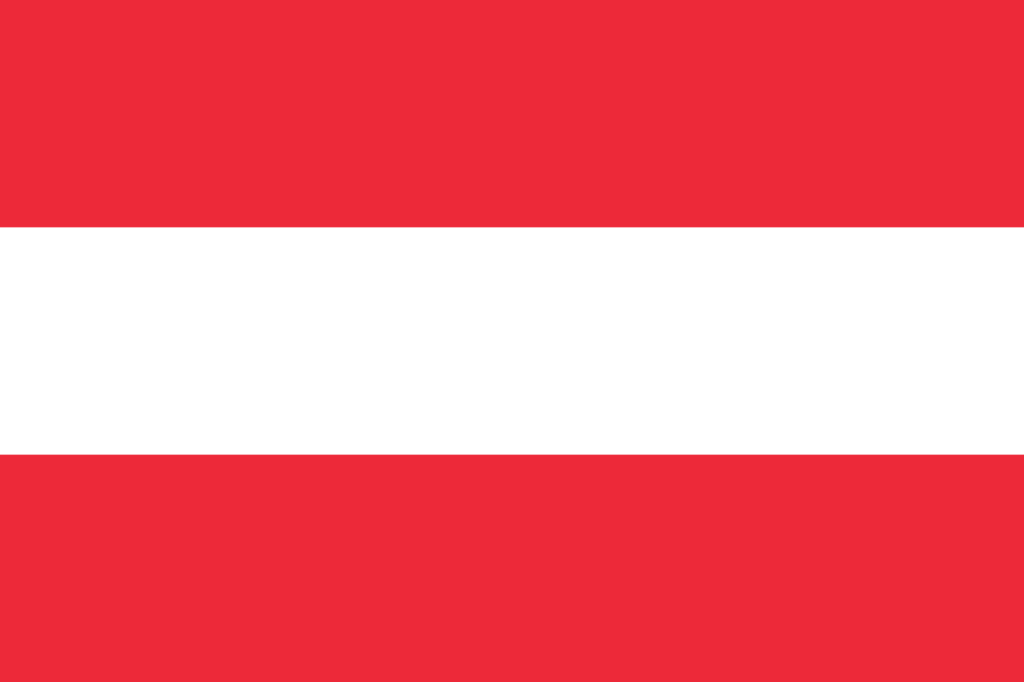
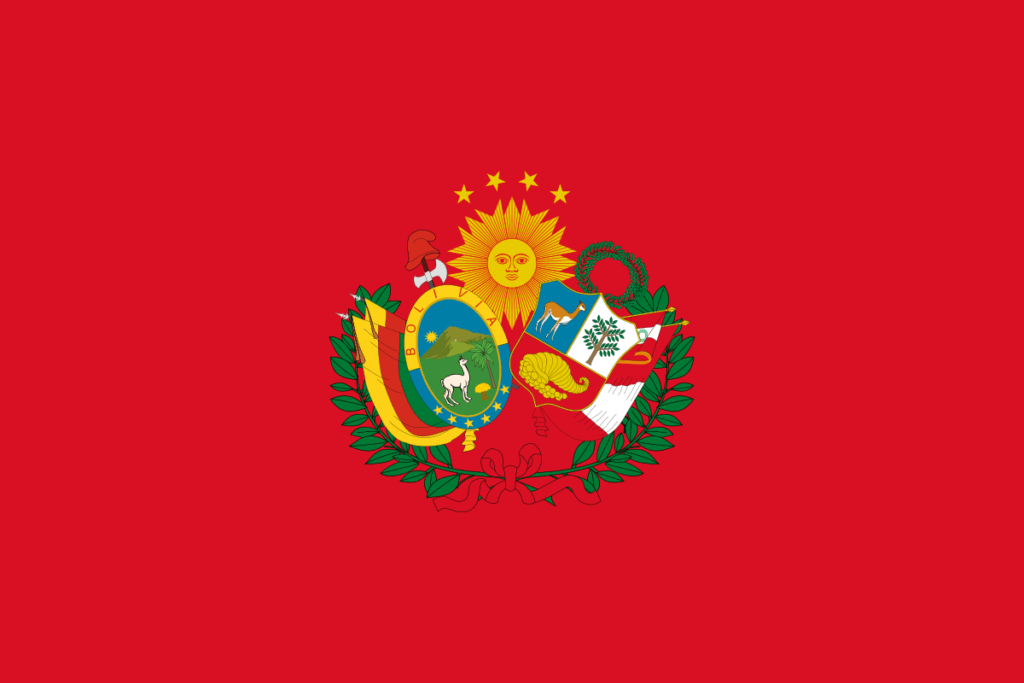
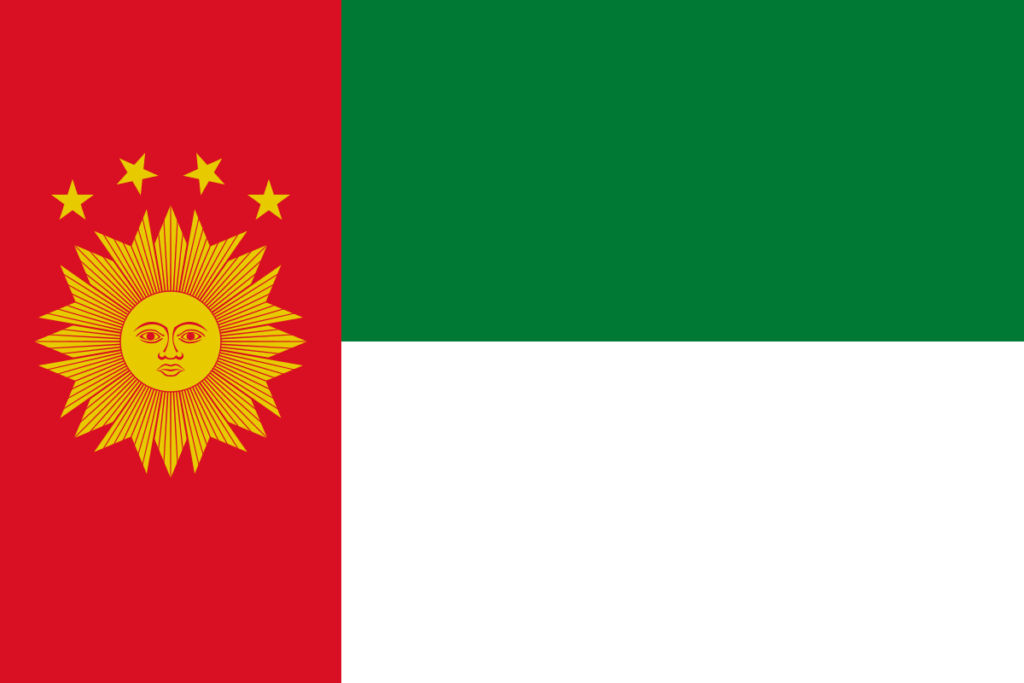
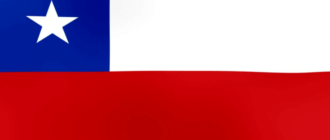
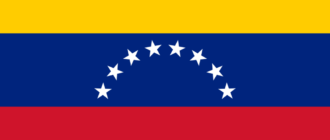
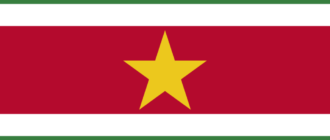
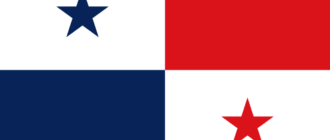
Where do I buy a third Peruvian flag with the Inca sun symbol?